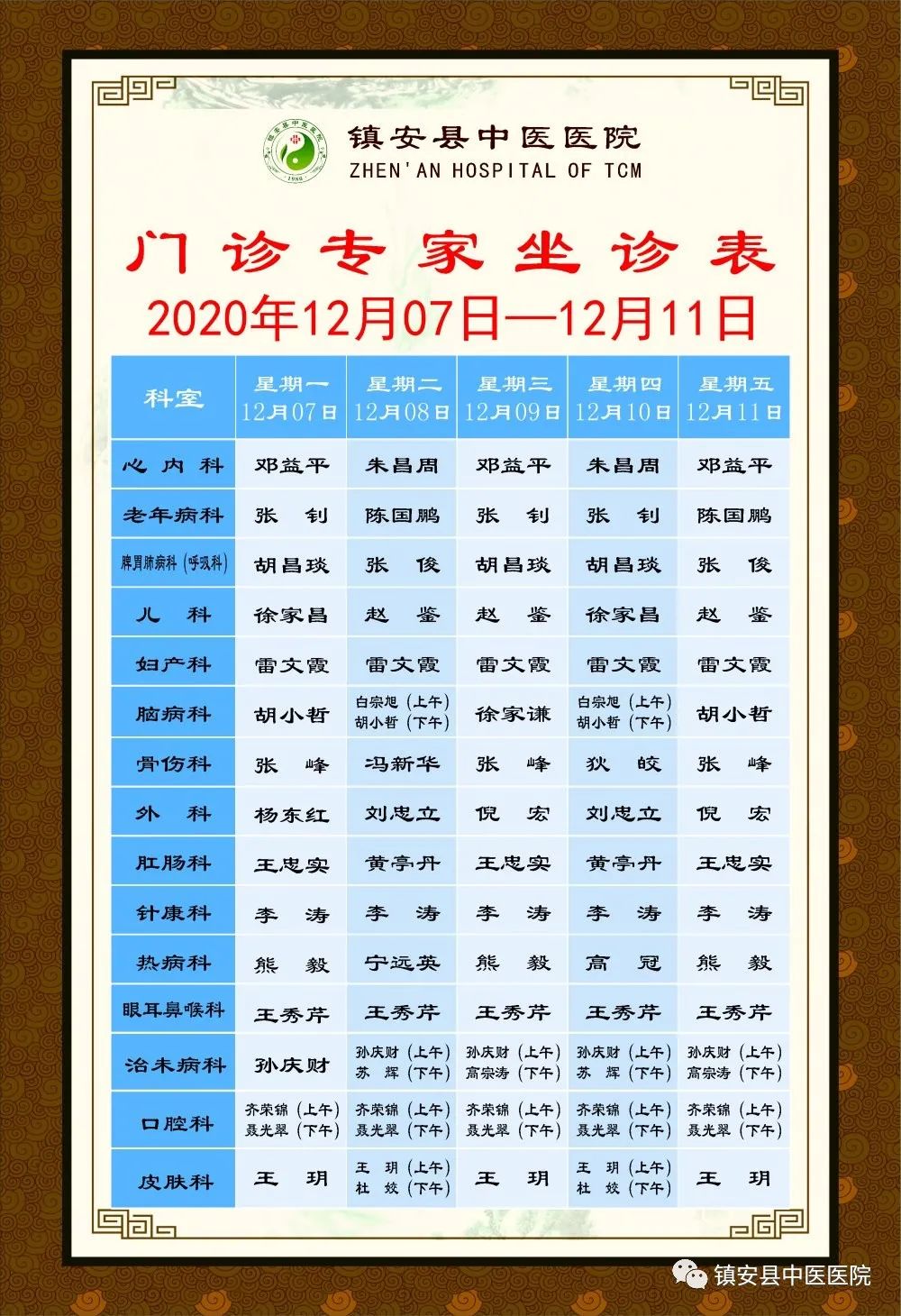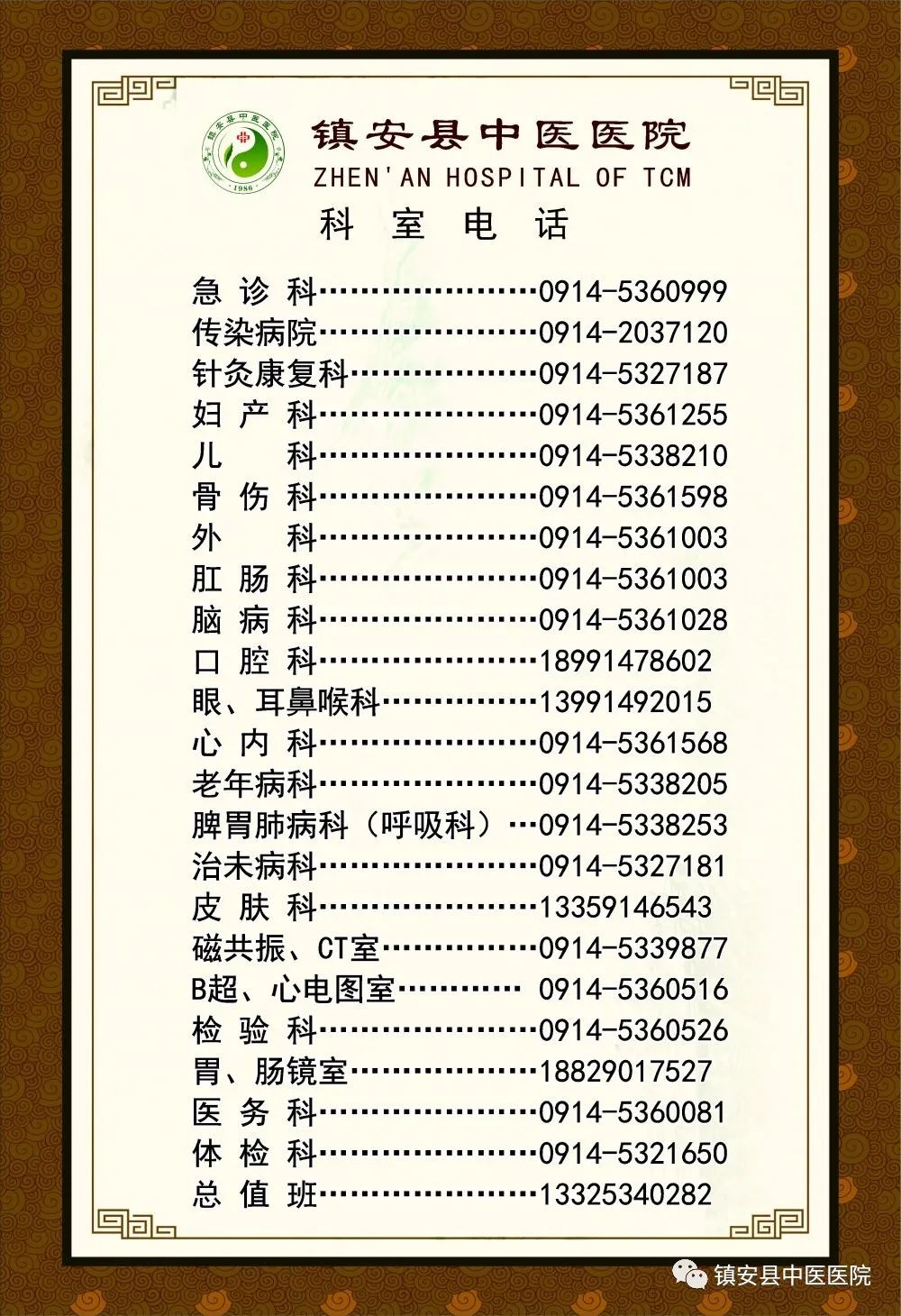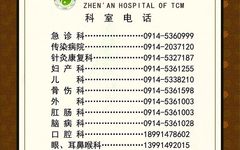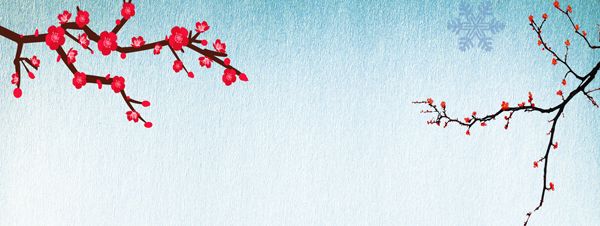
The winter, when all things lie dormant, is the best time to nourish and strengthen the body. When it comes to “nourishing,” people often think of various precious “tonics,” but many common medicinal materials and food ingredients, when used properly, can achieve the same nourishing effects. This week, we introduce the “nourishing herb” Shudi Huang.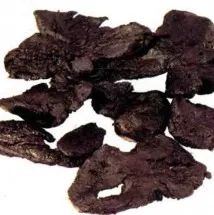
Did you know that “Shudi” is also a person’s name?
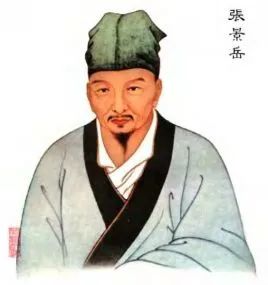 Zhang Jingyue (1563-1640), originally named Jie Bin, courtesy name Huiqing, styled Jingyue, also known as Tongyizi, was from Shanyin, Shaoxing Prefecture, Zhejiang (now Shaoxing, Zhejiang). He was an outstanding physician of the Ming Dynasty and a representative figure of the warming and tonifying school, as well as its practical founder. He was known for his adept use of Shudi Huang, earning him the nickname “Zhang Shudi.” He authored several classical works in TCM, including “Leijing,” “Leijing Tuyu,” “Leijing Fuyi,” and “Jingyue Quanshu” (which includes “Xinfang Bazhen”), and his academic thoughts have greatly influenced later generations.In TCM, Shudi Huang (熟地黄) is recorded in the “Bencao Shiyi” (本草拾遗) as the processed root tuber of the plant Rehmannia glutinosa, belonging to the Scrophulariaceae family.【Source】 It is processed through steaming and drying.【Harvesting and Processing】 It is usually processed with wine, sand ginger, and dried tangerine peel, repeatedly steamed and dried until it becomes black and oily on the inside and outside, with a soft and sticky texture. It can be sliced or charred for use.Shudi Huang is made from Sheng Di Huang (生地黄) through steaming and drying. When harvesting Sheng Di Huang, those that sink to the bottom of the water are Di Huang (地黄), those that float are Tian Huang (天黄), and those that suspend in the water are Ren Huang (人黄). The best for medicinal use is Di Huang.【Properties】 Sweet, slightly warm. It enters the Liver and Kidney meridians.【Functions】 Nourishes blood and yin, fills essence and benefits marrow.
Zhang Jingyue (1563-1640), originally named Jie Bin, courtesy name Huiqing, styled Jingyue, also known as Tongyizi, was from Shanyin, Shaoxing Prefecture, Zhejiang (now Shaoxing, Zhejiang). He was an outstanding physician of the Ming Dynasty and a representative figure of the warming and tonifying school, as well as its practical founder. He was known for his adept use of Shudi Huang, earning him the nickname “Zhang Shudi.” He authored several classical works in TCM, including “Leijing,” “Leijing Tuyu,” “Leijing Fuyi,” and “Jingyue Quanshu” (which includes “Xinfang Bazhen”), and his academic thoughts have greatly influenced later generations.In TCM, Shudi Huang (熟地黄) is recorded in the “Bencao Shiyi” (本草拾遗) as the processed root tuber of the plant Rehmannia glutinosa, belonging to the Scrophulariaceae family.【Source】 It is processed through steaming and drying.【Harvesting and Processing】 It is usually processed with wine, sand ginger, and dried tangerine peel, repeatedly steamed and dried until it becomes black and oily on the inside and outside, with a soft and sticky texture. It can be sliced or charred for use.Shudi Huang is made from Sheng Di Huang (生地黄) through steaming and drying. When harvesting Sheng Di Huang, those that sink to the bottom of the water are Di Huang (地黄), those that float are Tian Huang (天黄), and those that suspend in the water are Ren Huang (人黄). The best for medicinal use is Di Huang.【Properties】 Sweet, slightly warm. It enters the Liver and Kidney meridians.【Functions】 Nourishes blood and yin, fills essence and benefits marrow.
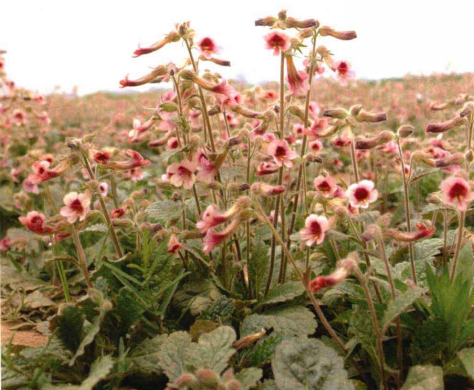
【Applications】1. Blood deficiency syndromes This herb is sweet and warm, moistening, and nourishes yin and benefits essence to generate blood, making it a key herb for nourishing blood and treating deficiency. It is often used with Dang Gui (当归), Bai Shao (白芍), and Chuan Xiong (川芎) to treat blood deficiency with symptoms such as pale complexion, dizziness, palpitations, insomnia, and menstrual irregularities, such as in Si Wu Tang (四物汤) (from “Heji Ju Fang”); if there is heart blood deficiency with palpitations, it can be used with Yuan Zhi (远志) and Suan Zao Ren (酸枣仁) for calming the spirit; if there is excessive bleeding leading to blood deficiency and coldness in the lower abdomen, it can be combined with Ejiao (阿胶) and Ai Ye (艾叶) to stop bleeding and warm the meridians, such as in Jiao Ai Tang (胶艾汤) (from “Jin Kui Yao Lue”).2. Liver and Kidney yin deficiency syndromes This herb is moistening and nourishing to the Kidney, good at nourishing Kidney yin, filling essence and benefiting marrow, making it a key herb for nourishing Kidney yin. Ancient texts state it “greatly nourishes the true yin of the five organs” and “greatly replenishes the true water.” It is often used with Shan Yao (山药) and Shan Zhu Yu (山茱萸) to treat Liver and Kidney yin deficiency with symptoms such as weakness in the lower back and knees, nocturnal emissions, night sweats, tinnitus, deafness, and thirst, benefiting the Liver and Kidney and nourishing essence and marrow, such as in Liu Wei Di Huang Wan (六味地黄丸) (from “Xiao Er Yao Zheng Zhi Jue”); it can also be used with Zhi Mu (知母), Huang Bai (黄柏), and Gui Jiao (龟甲) to treat yin deficiency with tidal fever, such as in Da Bu Yin Wan (大补阴丸) (from “Dan Xi Xin Fa”). This herb benefits essence and blood, darkens hair, and is often used with He Shou Wu (何首乌), Niu Xi (牛膝), and Tu Si Zi (菟丝子) to treat premature graying due to essence and blood deficiency, such as in Qi Bao Mei Ran Dan (七宝美髯丹) (from “Yi Fang Ji Jie”); it also strengthens bones and muscles and can be combined with Gui Jiao, Suo Yang (锁阳), and Gou Ji (狗脊) to treat insufficiency of the Liver and Kidney, with symptoms of weakness and softness, such as in Hu Qian Wan (虎潜丸) (from “Yi Fang Ji Jie”). Additionally, Shudi Huang Charcoal can stop bleeding and is used for bleeding due to blood deficiency.【Dosage】 Decoction, 10-30 grams.
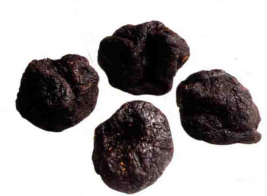
Distinguishing Medicinal Uses
Di Huang first appeared in the “Shen Nong Ben Cao Jing” and is currently used clinically in three forms: fresh, raw, and cooked. All have the function of nourishing yin and generating fluids, treating yin deficiency and fluid loss syndromes.Fresh Di Huang is sweet and bitter, very cold, and while its ability to nourish yin is weaker, it excels at clearing heat, cooling blood, and relieving fire and restlessness, often used for blood heat and yin deficiency with fluid loss;Raw (dried) Di Huang is sweet and cold, with a slightly weaker cooling blood effect, but excels at nourishing the yin of the heart and kidney, thus suitable for blood heat and yin injury or yin deficiency with fever;Cooked Di Huang is sweet and warm, entering the Liver and Kidney, specifically nourishing blood, nourishing yin, filling essence, and benefiting marrow, suitable for all cases of true yin deficiency and essence and marrow deficiency.【Cautions】 This herb has a sticky nature, more so than raw Di Huang, which can hinder digestion. It is contraindicated in cases of qi stagnation, phlegm accumulation, abdominal distension, and loose stools. Long-term heavy use should be combined with Chen Pi (陈皮) and Sha Ren (砂仁) to avoid sticky obstruction of the stomach.Medicinal Cuisine Recommendations
Shudi Huang and Cicada Flower Pig Liver Soup
【Ingredients】10 grams of cicada flower, 12 grams of Shudi Huang, 180 grams of pig liver, 6 red dates, salt, starch, pepper, and sesame oil to taste.【Preparation】① Wash cicada flower, Shudi Huang, and red dates; wash pig liver and slice, marinate with starch, pepper, and sesame oil for a moment.② Place cicada flower, Shudi Huang, red dates, and ginger slices in a clay pot, add water, bring to a boil, then simmer on low heat for 2 hours, add pig liver to cook through, and season with salt.【Effects】 Nourishes blood, invigorates blood circulation, replenishes deficiency, and calms the spirit. Suitable for those with Liver and Kidney deficiency, blurred vision, and anemia.
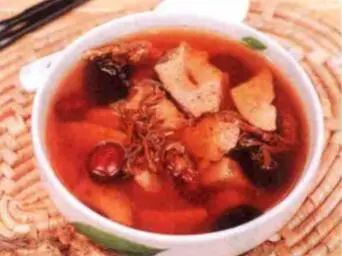
Shudi Huang Stewed Soft-Shelled Turtle
【Ingredients】1 soft-shelled turtle, appropriate amounts of five-fingered peach root, Shudi Huang, and goji berries, 3 grams of salt.【Preparation】① Wash five-fingered peach root, Shudi Huang, and goji berries, soak in water for 10 minutes.② Clean the soft-shelled turtle, cut into pieces, and blanch.③ Place five-fingered peach root, Shudi Huang, and goji berries in a clay pot, add water, bring to a boil, then add the soft-shelled turtle, simmer on low heat for 4 hours, and season with salt.【Effects】 Tonifies qi, replenishes deficiency, nourishes yin, and strengthens yang. Suitable for patients with diarrhea, tuberculosis, anemia, uterine prolapse, and excessive bleeding.

Shudi Huang Chicken Soup
【Ingredients】150 grams of chicken leg, 25 grams of Shudi Huang, 15 grams of Dang Gui, 5 grams of Chuan Xiong, 10 grams of fried Bai Shao, and 5 grams of salt.【Preparation】① Cut chicken leg into pieces, blanch in boiling water, and rinse; quickly rinse the medicinal materials with clean water.② Place chicken leg and all medicinal materials in a stewing pot, add 6 bowls of water, bring to a boil, then simmer on low heat for 40 minutes.③ Season with salt before serving.【Effects】 This dish can regulate blood deficiency and symptoms caused by Liver and Kidney deficiency, such as pale complexion, palpitations, insomnia, fatigue, blurred vision, and hair loss.
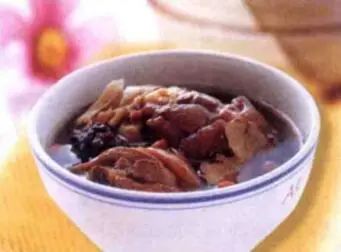


Text Source:People’s Health Network
Image Source:People’s Health Network
Editor: Ding Boxia


Hospital Motto

Virtue●Excellence●Innovation●Harmony
Zhen’an County Traditional Chinese Medicine Hospital
+
